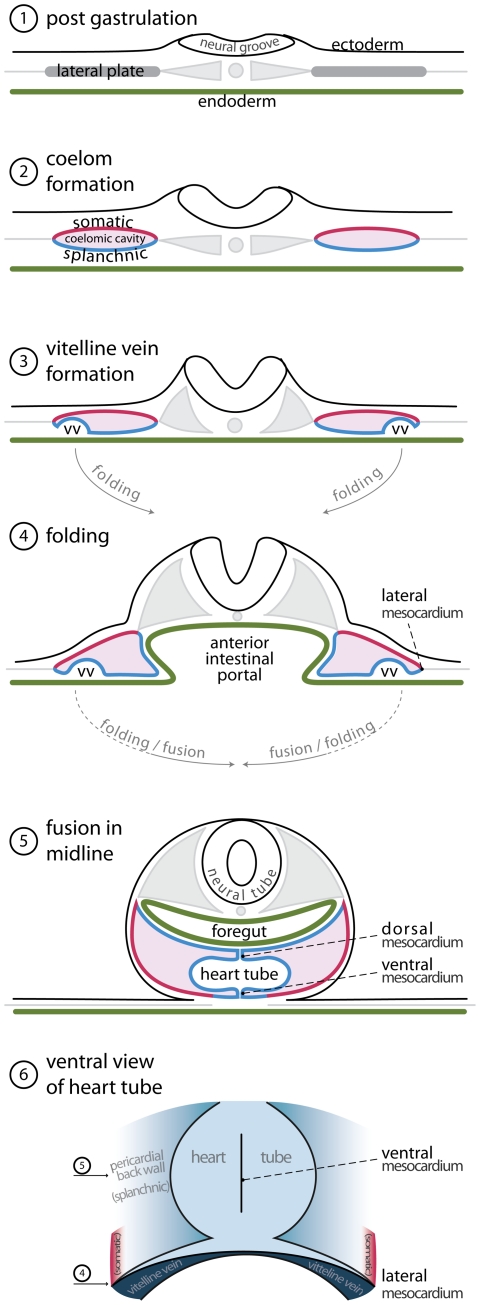Figure 1. Transition of trilaminar embryonic disc during early development.
(1) Trilaminalar embryonic disc after gastrulation; lateral plate mesoderm resides between the endoderm (green) and the ectoderm (black). (2) The lateral plate mesoderm separates in a splanchnic (blue) and a somatic (red) layer by the formation of the coelomic cavity (violet). (3) The lateral edges of the splanchnic mesoderm luminize, forming the bilateral vitelline veins. (4) By folding the lateral edges of the embryonic disc move inwards, creating the anterior intestinal portal. The persisting contact between the somatic and splanchnic mesoderm is called the lateral mesocardium. (5) Fusion of the bilateral vitelline veins generates the primary heart tube. The point of fusion is recognized as the ventral mesocardium. The medial splanchnic mesoderm becomes the pericardial back wall, which is connected to the heart tube via the dorsal mesocardium. (6) Ventral view of the primary heart tube. The height of cross sections (4) and (5) is indicated by arrows. (Abbreviation–vv: vitelline vein.)

